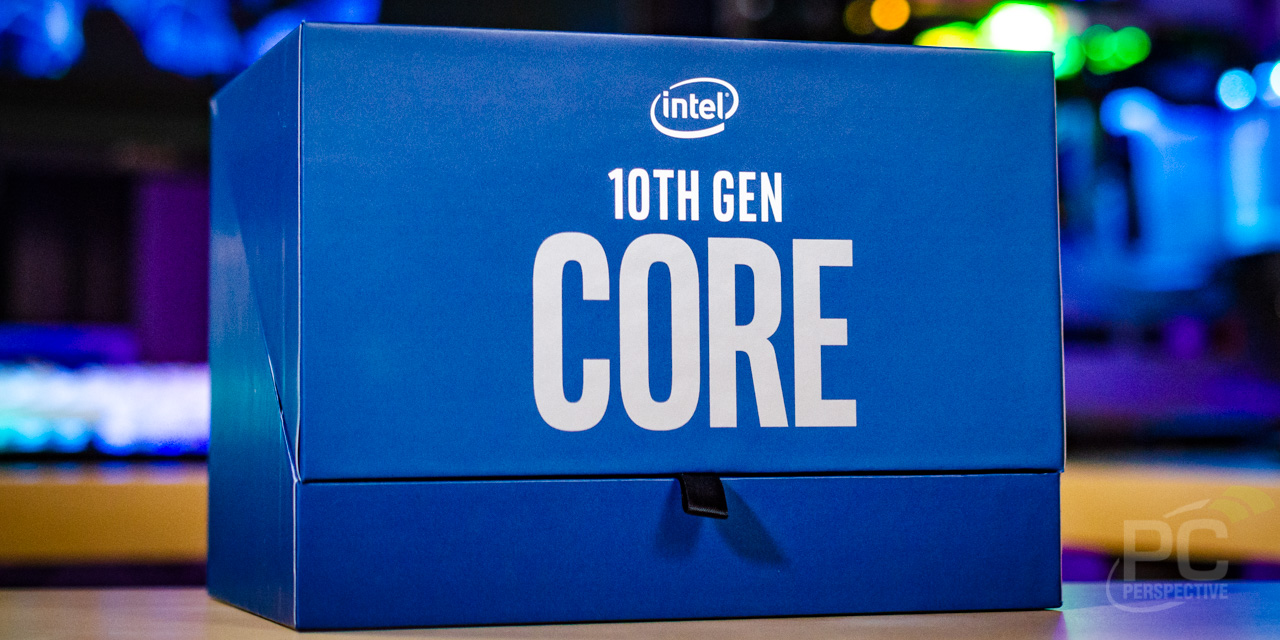Not always. The lower TDP will limit multi core more than single core by far as it takes more power to keep more cores clocked higher than one core clocked really high.
I can see this performance metric pretty easily. Process is important but so is the uArch. Tweaks and design changes can still boost performance even on an older process.
Then it would make the point in having this Chip as a multi core chip pointless. Why not just make a Chip that is Smaller, only two core and clock the hell out of them. Nope they won't Why!?
1. Because Clock speed may Improve the IPC, but also causes other negative impacts as Thermals are not the only thing that impact the Operation on the clocks of the Chip. This is evident in the Memory clocks on RAM with RAS CAS and TAS. If you run a component over a certain speed, it takes longer to stabilize and wait states are used to allow this settling time. Its one of the reasons they stopped Raising clock speeds over the 5GigHertz. Quantum and Nano Physics starts to take over the dynamics of the Chips, which is part of the reason that Intel struggled with the 10nm node.
2. It usually takes a change in materials and interconnects on the refresh, without changing the Die to allow the Stability on the increased speeds. This is why the Rare Earth materials are so important.
AMD changed its interconnects and memory issues using this (including the solder type) and resolved the INTEL advatage in IPC over them in Single thread operations.
3. It also depends on Software optimizations that were so evident in the 2000's to propel sales for Intel over AMD.
4. Often the faster refresh involves lesser or more simplified OPcodes on the Chip . This usually increases the speed of the chip at the price of the security elements (hence Spectre bugs et al.
5. Companies also often are filled with AMD or INTEL fanboi's that optimise codes for benchmarks. Though Intel is less likely to do it, I image it is now considering that AMD wont care too much considering its Own IPC advantages at stock.





